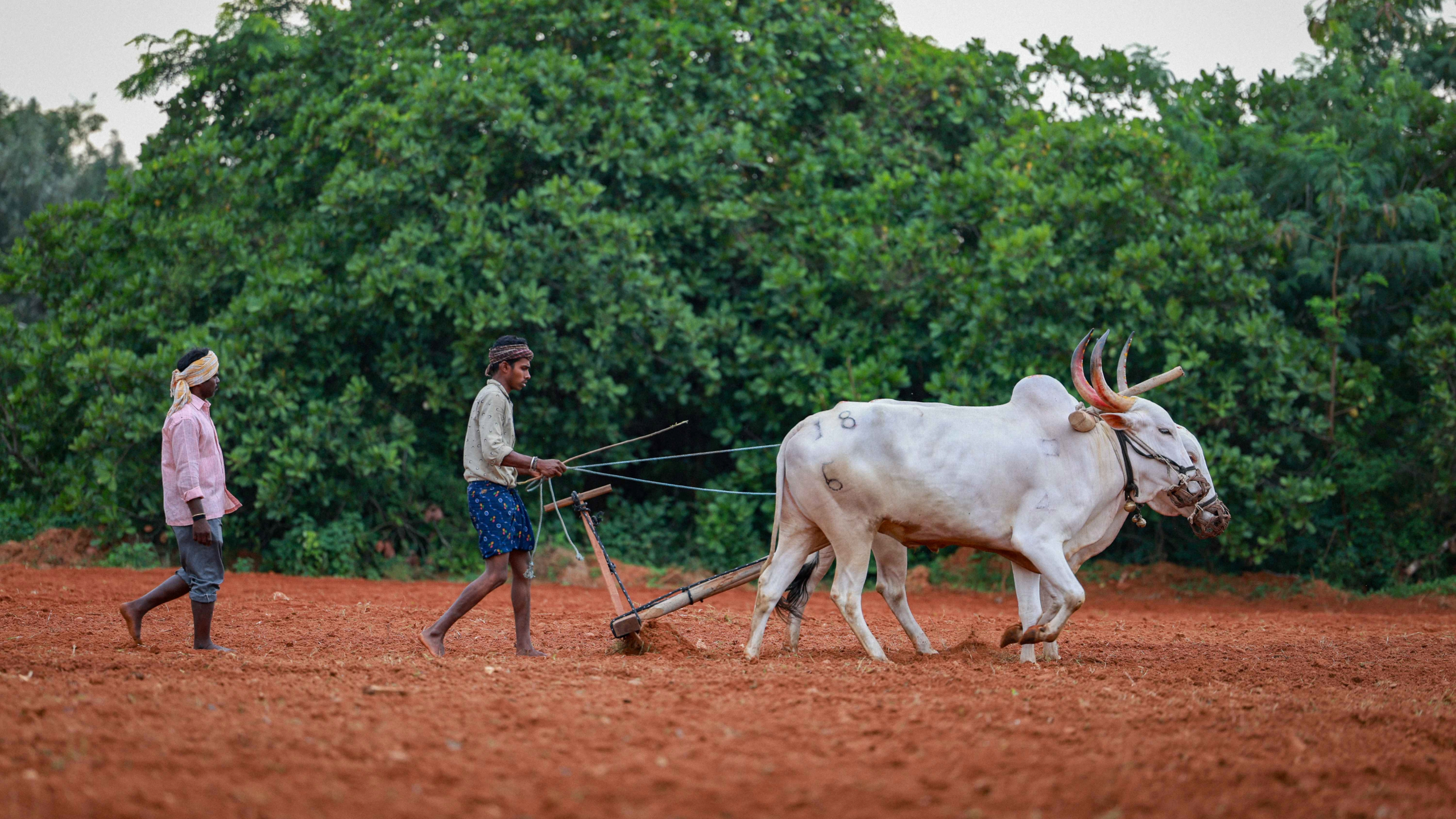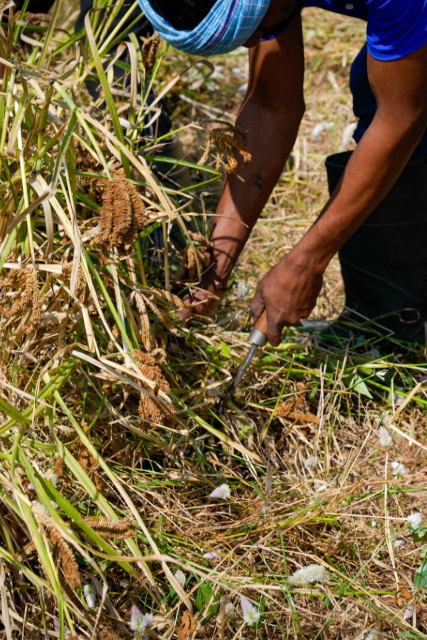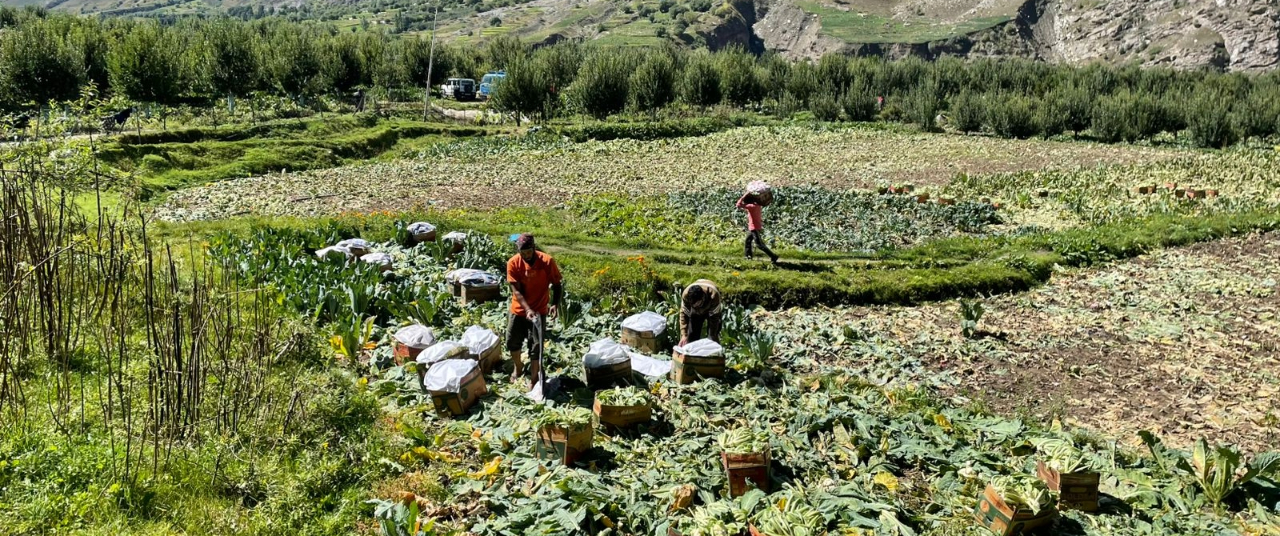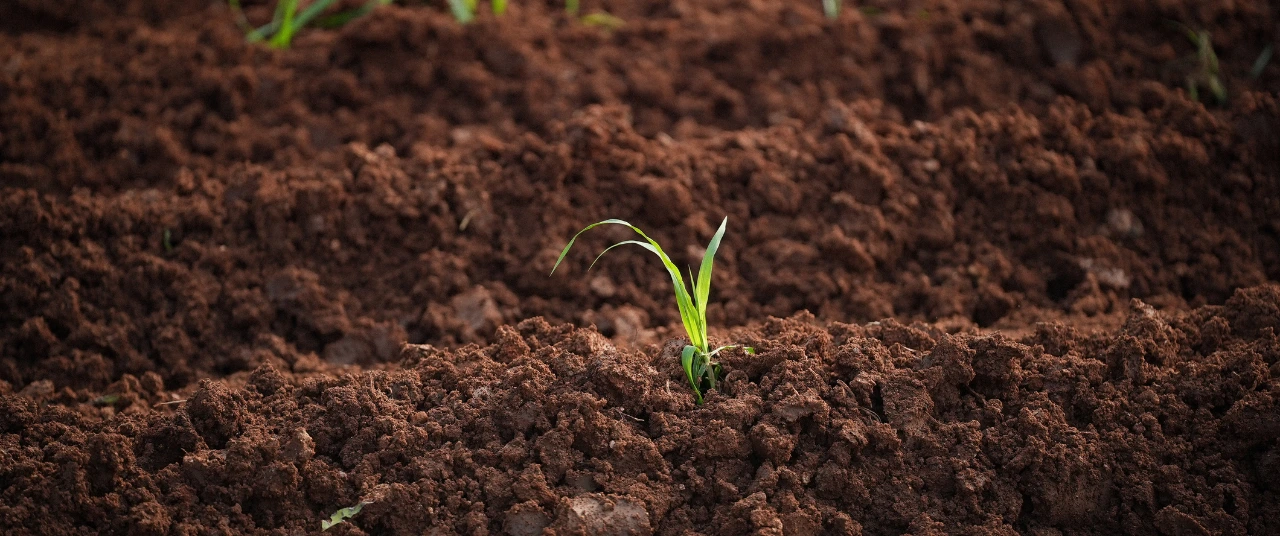Though mechanised monocropping has been favoured, Akkadi Salu may better withstand climate change






Editor's note: Even before its current status as a nutrient-rich superfood, ragi has been a crucial chapter in the history of Indian agriculture. Finger millet, as it is commonly known, has been a true friend of the farmer and consumer thanks to its climate resilience and ability to miraculously grow in unfavourable conditions. As we look towards an uncertain, possibly food-insecure future, the importance of ragi as a reliable crop cannot be understated. In this series, the Good Food Movement explains why the millet deserves space on our farms and dinner plates. Alongside an ongoing video documentation of what it takes to grow ragi, this series will delve into the related concerns of intercropping, cover crops and how ragi fares compared to other grains.
Long before intercropping became an agroecology buzzword, farmers across southern Karnataka had perfected Akkadi Salu—a system that allowed ragi to thrive alongside pulses, oilseeds, greens, and even weeds. In Kannada, akkadi means ‘a minor crop grow between the furrows of a main crop’ and salu refers to a row—this was an indigenous intercropping system. Once the foundation of the region’s dryland food economy, it is now a vanishing practice, replaced by mechanised monocropping. Yet, in a climate-stressed world, its logic is newly urgent.
A living ecosystem
In Akkadi Salu, fields of ragi were never sown homogenously. They were interspersed with legumes, oilseeds, trees, and shrubs—like field beans, tur, castor, sesame, niger seed and mustard. These are crops with different root depths and growth cycles that together kept the soil fertile and the harvest diverse. Therein lies the beauty of ragi, you don’t need to grow any of these crops by themselves; they can all co-exist. Traditionally, farmers begin with hand broadcasting: scattering a mix of seeds across the land before the first monsoon showers. Once the seeds germinate, the soil is lightly turned to mulch the residue back in rather than ploughing deeply. The aim is to keep the topsoil alive, not expose it.
Hand broadcasting is a native art that helps farmers connect with the soil. You walk along the rows in the field and swing your hand from right to left, scattering seeds in a gentle motion. Then, retrace your steps backwards to ensure an evenness to the sowing. Sometimes, you may step on a seed, but this actually pushes it into the soil rather than destroying it. Ragi, a hardy monocot that needs oxygen-rich, well-aerated soil, benefits from this minimal disturbance.
Therein lies the beauty of ragi, you don’t need to grow any of these crops by themselves; they can all co-exist.
Cover crops, a class of crops grown before the main ragi crop benefit from a mixture of legumes, oilseeds, and herbs. These cover crops include legumes like cowpea, horsegram, and dhaincha [Spiny Sesbania], which are grown before the main ragi crop to fix nitrogen naturally. Castor and mustard, meanwhile, act as trap crops—drawing pests away from the main harvest and towards them instead. They also serve as hosts for pollinators like ladybird beetles. After harvest, the stalks and roots decompose to feed the next cycle, closing the nutrient loop and negating the need for chemical fertilisers. This process lays the foundation for a successful ragi crop. Wherever Akkadi Salu is practised, the farms are scarcely ploughed; earthworms and microbes loosen and aerate it better than any machine can.
Everything in Akkadi Salu revolves around keeping the soil covered and alive. It is essential that the soil is exposed to minimal sunlight and that temperatures under the surface remain cool. Thus, crops are chosen not only for food or fodder, but for their root architecture—deep-rooted castor and tur create pathways for rainwater to percolate, while shallow-rooted millets retain moisture near the surface from the rain. The constant mulch layer prevents the soil from overheating and protects it from erosion.
Wherever Akkadi Salu is practised, the farms are scarcely ploughed; earthworms and microbes loosen and aerate it better than any machine can.
Also read: The grain divide: How ragi and rice compare in the field and on our plates
The role of livestock and weeds
Akkadi Salu is a practice that focuses on both food and fodder. The rabi season’s intercrops are often grown solely for fodder. It kept cattle fed through the dry months, while their dung and urine enriched the next cycle of sowing. Weeds are not perceived as intruders, but as guests that were bound to arrive, and are therefore welcomed. This approach isn’t just philosophical; it is ecological. In these biodiverse fields, weeds are not enemies but part of the cycle—fodder for animals, nutrition for the soil, and even food for farmer families.

Most Indian farmers today apply weedicides on their fields, in an attempt to remove weeds. What if we looked at weeds as plants that beautify fields and diversify our sources of nutrition? These are also plants that are traditionally foraged while the monsoon crop grows. Each plant has its own utility. For instance, doddagunisoppu [Horse Purslane] helps constipation, and the stem of the mustard plant, which is usually discarded in modern kitchens, treats dog bites in cows and sheep.
This mosaic of crops and weeds acted as insurance.
This mosaic of crops and weeds acted as insurance. If ragi failed, legumes usually survived. If pests came, trap crops kept them occupied. The field remained productive for eight months a year, even on a single acre of rain-fed land.
Also read: ‘Summer ragi’: How Kolhapur farmers’ millet experiment became a success story
Mechanisation changes the pattern
The arrival of mechanisation—rotavators, seed drills, threshers—brought both relief and loss. Machines reduced labour but demanded uniformity. Intercropped fields were harder to till and harvest mechanically, so farmers began segregating crops into neat, single-species plots. Humans adapted cropping patterns to machines instead of nature, which led to the slow decline of Akkadi Salu.
Today, most ragi is cultivated as a monocrop, heavily reliant on chemical inputs like diammonium phosphate (DAP) and urea. The soil has become compacted (which decreases soil porosity), the biodiversity has thinned, and farmers have lost a system that once offered both resilience and nutrition.
Climate change is hitting India’s drylands hardest. Erratic rains, degraded soils and shrinking water tables make high-input farming untenable. Intercropping systems like Akkadi Salu offer an agroecological alternative: low-cost, low-risk, and deeply adapted to local ecology.
Across India, similar traditions echo this logic: Uttarakhand’s Baranaja (twelve grain), Odisha’s Dongar (hill farming), and Rajasthan’s hangadi kheti each combine cereals, pulses, oilseeds and greens to maintain soil life and nutritional diversity. They also promise more than just yields—they restore nutrition, soil carbon, and cultural memory.
As Rachel Carson wrote in her seminal book, Silent Spring, “Nature has introduced great variety into the landscape, but man has displayed a passion for simplifying it.” Akkadi Salu is a reminder of what complexity can sustain—and how much we stand to lose by forgetting it.
{{quiz}}
Explore other topics
References






.avif)


.jpg)

.png)